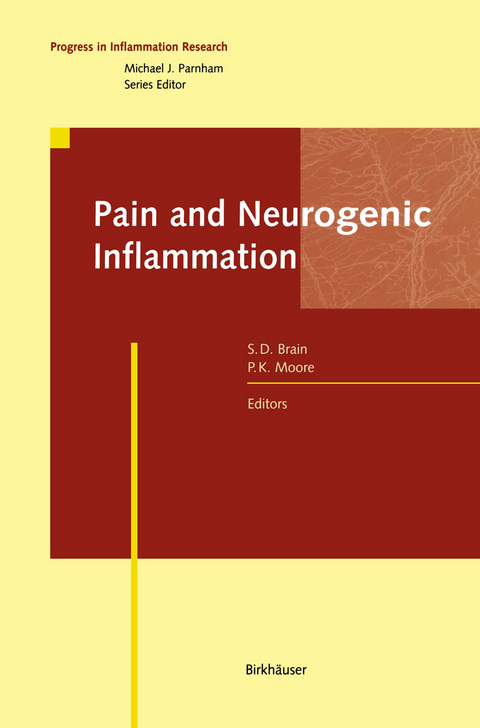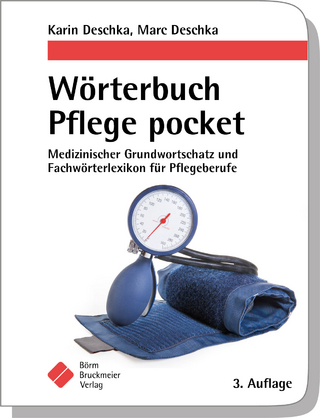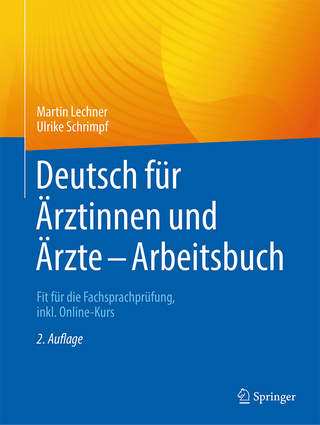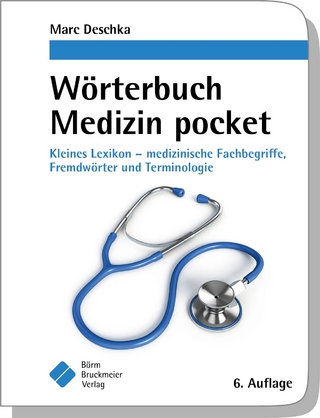
Pain and Neurogenic Inflammation
Springer Basel (Verlag)
978-3-7643-5875-4 (ISBN)
A comparative discussion of A? and C fibres in different tissues.- The roles of spinal receptors in nociceptive responses.- Cutaneous hyperalgesia.- Capsaicin and pain mechanisms.- Nitric oxide and inflammatory pain.- Interactions between kinins and the inflammatory pain process.- Sensory neuropeptides, neurogenic inflammation and inflammatory cells.- Inflammatory pain and the joint.- Nerve growth factor and sensory nerve function.- The relationship between hyperalgesia and hyperresponsiveness in the lung.- Neuropeptides and the respiratory tract: Relevance to asthma and rhinitis.- Neuropeptides and the gut: Tachykinins and calcitonin gene-related peptide in intestinal inflammation and pain.- Regulation of meningeal blood flow by neuropeptides: Relevance to migraine.- Sensory peptides: Effects in ageing and wound healing.- Calcitonin gene-related peptides and their receptors.- Tachykinin receptors and the potential of tachykinin antagonists as clinically effective analgesics and anti-inflammatory agents.
| Erscheint lt. Verlag | 1.12.1998 |
|---|---|
| Reihe/Serie | Progress in Inflammation Research |
| Zusatzinfo | XII, 348 p. |
| Verlagsort | Basel |
| Sprache | englisch |
| Maße | 155 x 235 mm |
| Gewicht | 1510 g |
| Themenwelt | Medizin / Pharmazie ► Allgemeines / Lexika |
| Schlagworte | Analgesics • Asthma • Entzündung • growth • Hardcover, Softcover / Medizin/Allgemeines • HC/Medizin/Pharmazie • inflammation • migraine • Neurologie • Neuropeptides • Pain • Research • Schmerz |
| ISBN-10 | 3-7643-5875-0 / 3764358750 |
| ISBN-13 | 978-3-7643-5875-4 / 9783764358754 |
| Zustand | Neuware |
| Haben Sie eine Frage zum Produkt? |
aus dem Bereich


